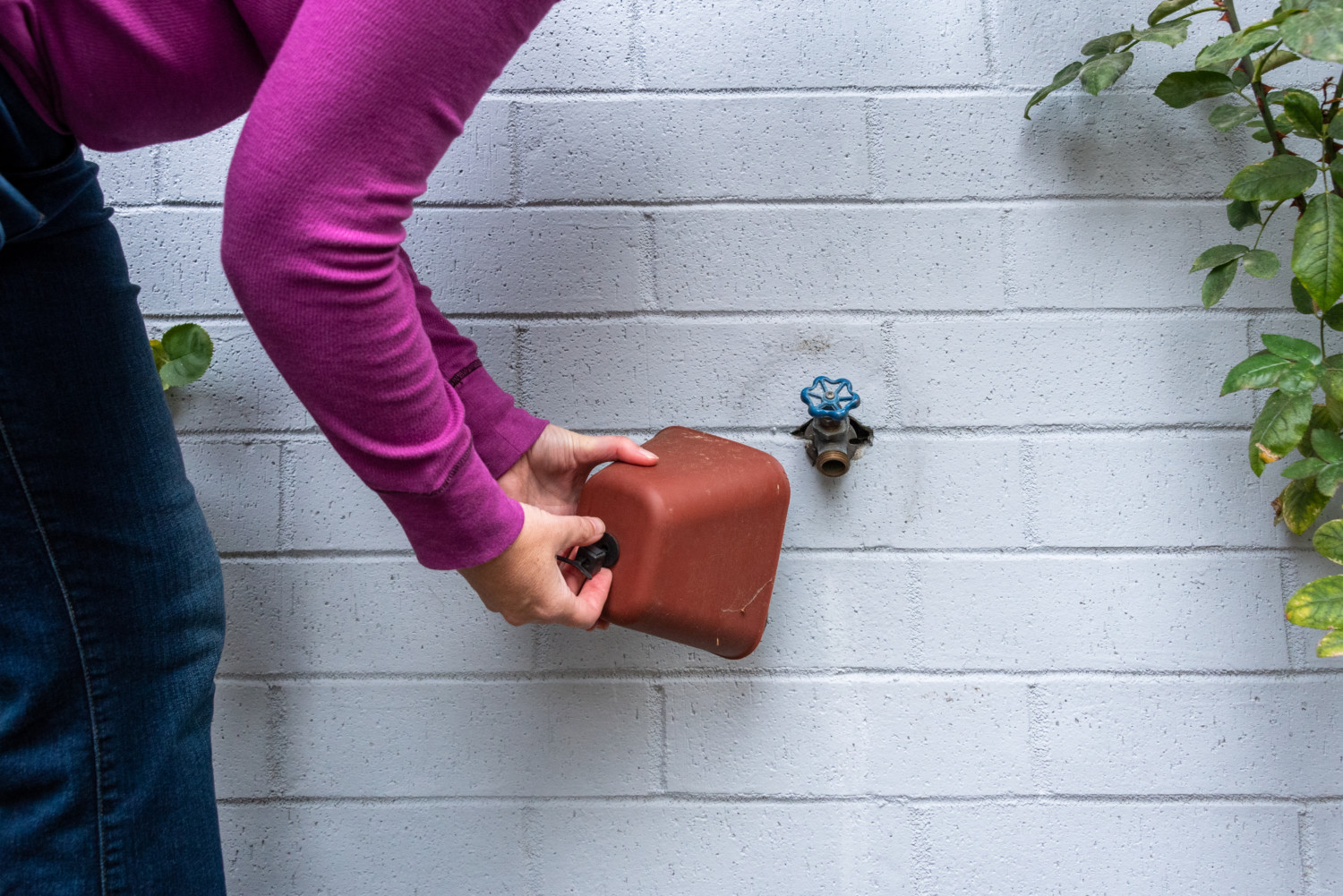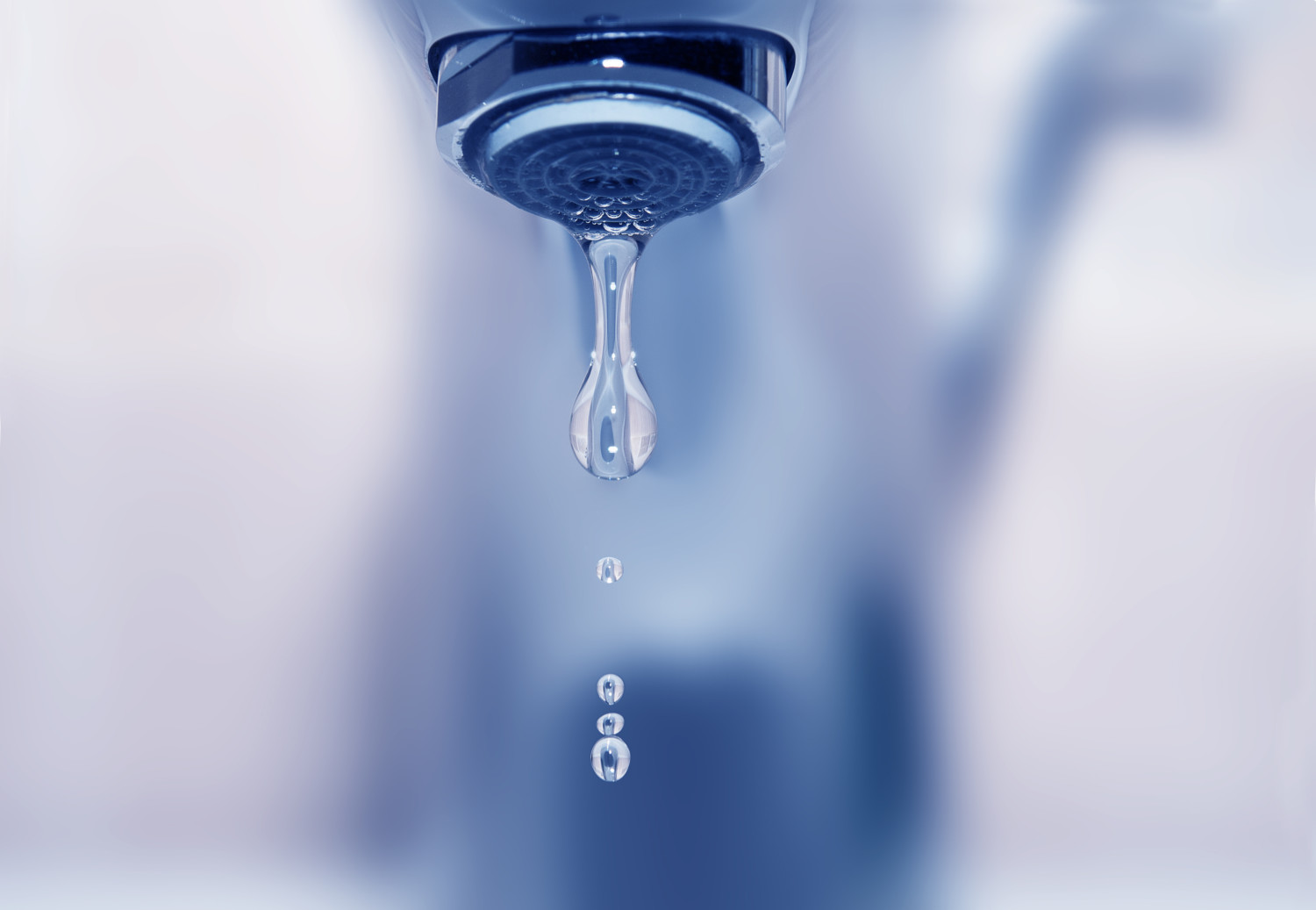Of all the home maintenance projects on your list, preventing freezing pipes should be near the top. Approximately 1 in 50 homeowners file water damage or claims for freezing pipes with their homeowners’ insurance each year. Not only do these claims account for nearly 24% of all homeowners insurance claims, but they can also be some of the most costly. Peter Kim of Philadelphia Insurance Companies told Risk & Insurance their average loss with frozen pipes is $27,000, and their most expensive claim was $1.7 million.
Even with excellent coverage and a low deductible, this type of claim can raise your rates through the roof. Plus, you risk the loss of irreplaceable sentimental items. And if you are uninsured or underinsured, a loss like this could be financially and emotionally devastating.
Freezing Pipes: Prevention And Restoration
Fortunately, freezing pipes prevention can be quick, simple and affordable. You can prepare the pipes in and around your home for frigid temps to avoid frozen pipes that can expand, burst and destroy your home and belongings. If pipes are already frozen, there are steps you can take to keep them from breaking.
First, though, make sure your pipes are protected. Home improvement and hardware stores carry pipe insulation, which are foam tubes with a slit on one side, making them easy to slide onto exposed pipes. These can go on pipes in your basement, attic and crawl spaces, as well as any outdoor pipes.
While you are there, pick up insulated slip-on covers for outdoor faucets to prevent any water that remains inside from freezing. Turn off the outdoor water shut-off valve if your home has one. Disconnect any hoses before covering the faucets.

Seal Any Openings
If your home is not properly insulated, upgrading your insulation can help keep chilly drafts away from pipes. Inspect your home for other cracks or openings, such as around windows, door frames or holes drilled for wiring, and fill them with caulk. Adding or replacing weatherstripping around doorframes and windowsills can also be beneficial.
Close the garage door when not in use to help retain heat. Opening cabinet doors under sinks is another simple freezing pipes prevention technique. When the outdoor temperature is below freezing, leaving those cupboards open can help interior pipes stay significantly warmer.
Drip The Faucets
Before freezing weather hits, start dripping the faucets. Even just a slight trickle of both hot and cold water from a faucet served by exposed pipes can keep them from freezing and bursting, as the running water releases pressure.
If you are going away and there is a chance that temps could drop, make sure your home is prepared. Consider turning off the water supply while you are gone. If you leave the water on, make sure the furnace stays on, too, keeping the temperature at 55 or higher. Ask a trusted neighbor or a loved one who lives reasonably close to check in on your place, especially if it freezes. You might also consider installing a freeze alarm that will notify you should the temperature inside your house drop dangerously low, such as during a power outage.

What To Do If Your Pipes Freeze
Even with the best planning and preparation, things happen. If your pipes should freeze (reduced or no running water is the primary indication), the first thing to do is to turn off the water supply to your home at the main shut-off valve and open all faucets so that when the ice thaws, the water can run out. Try to find the coldest pipe, which is likely where there is a blockage. Carefully apply heat using a space heater, hairdryer, heating pad or towels soaked with hot water. Avoid any open flames and keep any flammable materials away from heat sources.
As the pipes thaw, turn the water back on slowly while watching for leaks — any dripping or pooling water points to a cracked pipe. If you discover a broken pipe or are unable to thaw your frozen pipes, contact a licensed plumber.
This story originally appeared on Simplemost. Checkout Simplemost for additional stories.


